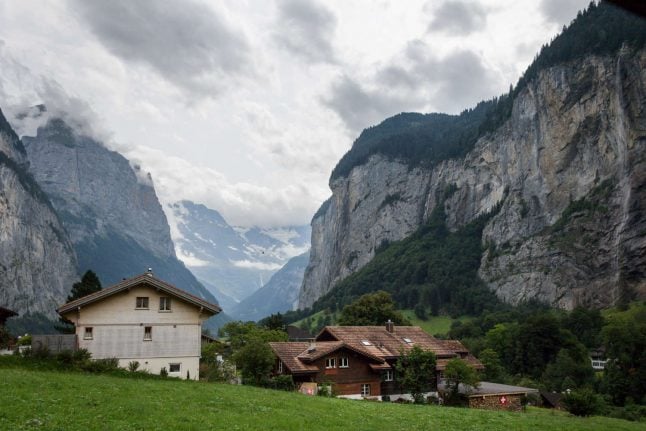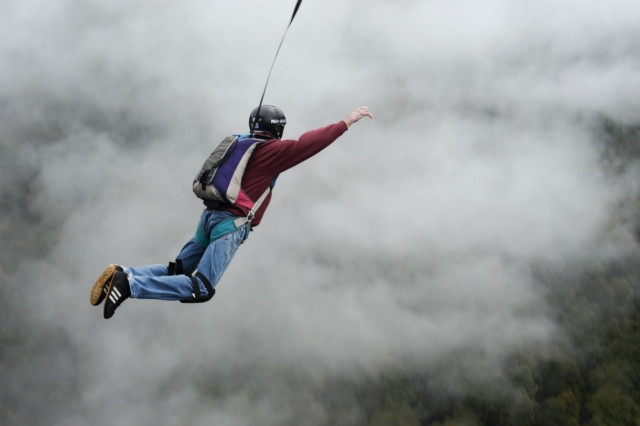Based on the initial evidence, the victim died when he struck a mountain ridge after jumping out of a helicopter at around 11am, Valais cantonal police said.
British media identified the victim as Mark Sutton, famous for parachuting as agent 007 during the opening ceremonies of the 2012 Olympic Games, accompanied by another skydiver dressed as Queen Elizabeth.
The former officer with the Gurka Rifles leapt from the chopper with a colleague at an altitude of about 3,300 metres from an area known as the Grand-Otannes.
The pair “flew” remaining close to the topography of the mountain area with the intention of landing near the hamlet of Le Peuty, near Trient, around 20 kilometres west of Verbier, police said.
The Briton was earlier in the French mountain resort town of Chamonix, close to the Swiss border, in the company of 20 other wingsuit flyers considered to be among the best in the world, Valais police said.
The group was invited by a company that specializing in making films of extreme sports, which it posts on the internet, police said.
It is not clear whether the Briton died while a film was being made.
Formal identification of the victim is still under way because a DNA comparison has yet to be completed, police said.
An investigation has been launched into the accident.
Gary Connery, who played the queen in the Olympic stunt last year, told British newspaper The Sun he had lost a good friend who was "a great character — smart, articulate and funny".
Wingsuit users usually carry a parachute for landing.
The suits add surface area or "wings" to the body to provide for "lift" for users while in free fall.
More than a year ago, following the death of a Norwegian flyer, Chamonix’s mayor slapped a temporary ban on the sport while officials considered new rules.
The town lifted the ban just last month, allowing restricted wingsuit jumping from the Brevent and Aiguille du Midi cable car stations.
Winsguit flying is similar to base jumping, a sport which involves jumps from cliffs and tall structures, which has led to more than 30 fatalities in one valley in the Bernese Alps alone.




 Please whitelist us to continue reading.
Please whitelist us to continue reading.
Member comments